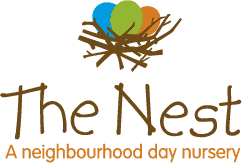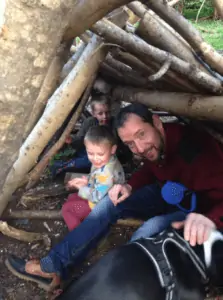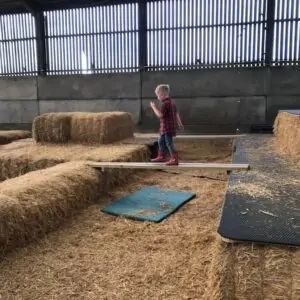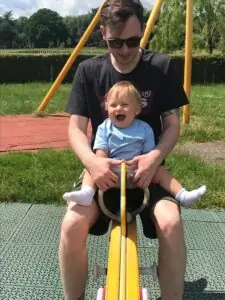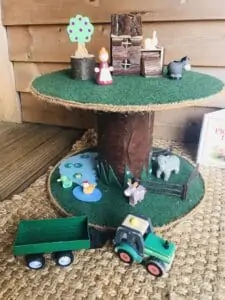An Enabling Environment
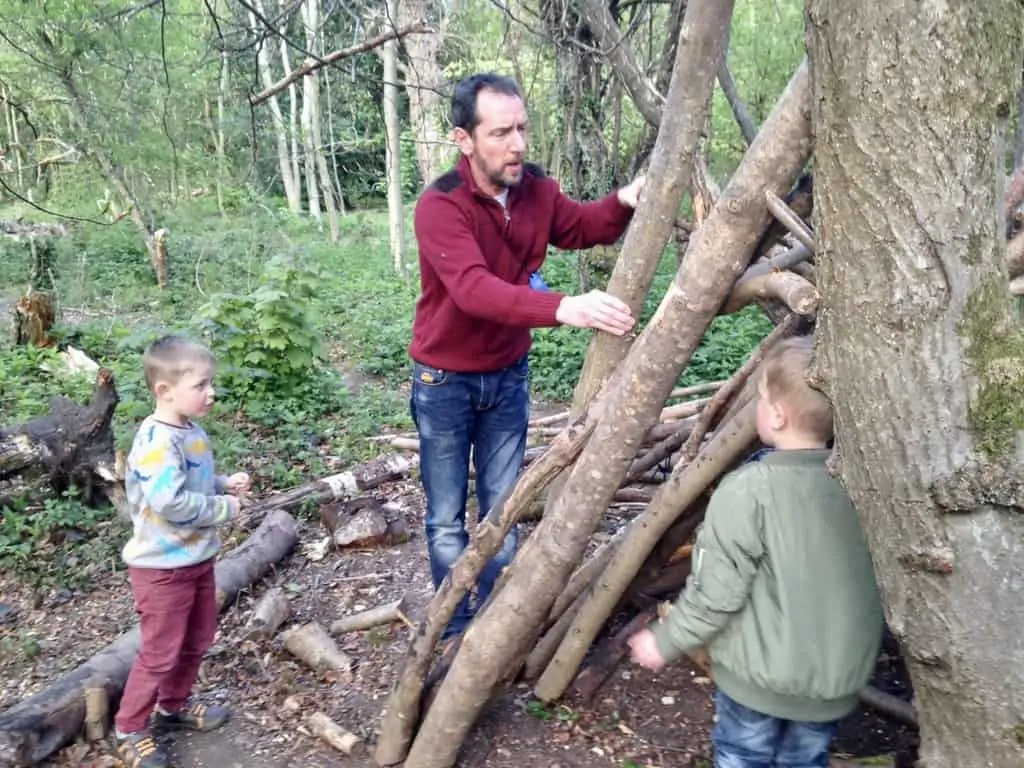
Introduction
An enabling environment is a rich and varied space where risks are minimised and well managed. Children will learn and develop in an enabling environment, in Reggio Emilia settings the environment is viewed as the third teacher. The environment can have a huge impact on children’s play, learning and development, meeting the child’s needs and encourages children to engage in activities. Further, the environment is designed to enable staff to facilitate the optimum learning for their children. Finally, the environment makes children, parents and practitioners feel welcome and involved.
TYPES OF ENVIRONMENT
The environment both indoors and outside, is made up of several features which include:
- The physical environment – both inside and out.
- The cultural aspects
- The social aspects
- Personal attributes
Physical environment:
- The physical needs of children need to be met, providing challenge and interest.
- Children need to develop their gross motor skills, to have exercise and release energy. Provide resources that enable children to balance, to climb, to kick, to throw and
catch, to build and make dens. We encourage independence and for the children to manage their own risk.
Cultural aspects:
- Give children a sense of belonging. Make everyone feel welcome, including grandparents and fathers. Be sensitive to cultural diversity, equality and inclusion. This Can be done using books and resources that reflect multiculturalism. Practitioners may work with parents/carers to create a space to activity that reflects diversity.
- ‘All children irrespective of ethnicity, culture or religion, home language, family background, learning difficulties or disabilities, gender or ability should have the opportunity to experience a challenging programme of learning and development.’ EYFS (2021) Statutory Framework for the Early years.
- Children have their own nursery named bags for their belongings and will help tidy away and have respect for the nursery environment.
- Meals are served by themselves and the children have good manners.
- Children go on regular walks to the woods and local field and will notice features of the local environment on the way. Develop a clear behaviour policy, Involve adults and children in the development of it ensure everyone understands and adheres to it.
Social aspects:
- Children need to socialise , they are interested in others play and will learn to turn take and share. Children learn through play from each other. Vygotsky (1896-1934) believed that the social and cultural environments in which children were raised played an important part in their learning. In Reggio Emilia settings there is a community feel. Bruner valued play and considered that when children play with other children this emphasises the importance of social and emotional well being and interactions. He stresses the importance of turn taking and social rules. (Bruce 2001:53)
- Practitioners need to plan the space to provide a homely feel and to meet and greet children and their families. Practitioners will observe children and, where necessary, support children to socialise with others. Children are to have key workers to help them settle in the setting and give the child emotional support. The emotional environment refers to the whole mood or atmosphere of a setting, how it feels. Relationships are what constitute the emotional environment. This includes how people behave, speak to each other and are treated and how inclusive it is. The setting will teach children acceptable behaviour without damaging a child’s self esteem. Children are praised and have opportunities for group games and supported to share and turn take. All children have good relationships with their key workers. The children have small group times and have a sense of belonging in the setting. Cosy areas are provided with areas for rest and the setting has an overall Hygge feel.
- Children need opportunities to make choices. We implement ‘in the moment planning’ and are child led. The babies have baskets which are at their height and if not walking can easily crawl to.
- Treasure baskets are provided and lots of loose part play, the children often use their imagination to make up stories and role play alongside the loose part play.
Personal attributes:
- Practitioners need to be both fun and caring, patient and calm. They interact with children sensitively and share their interests but also give them space. Practitioners within the setting should ensure that the setting is loving, secure and an accepting place to be for everyone, Practitioners should encourage children to express themselves by giving them chance to talk and to actively listen to them. Practitioners who regularly reflect on practice and keep up to date with research can make improvements.
WORKING COLLABORATIVELY
The environment needs to be stimulating but not too busy, meeting all the children’s needs. All staff need to work together with regular meetings to discuss any changes. Room observations are to take place every 6 weeks, these will show what areas/resources are not being used and rooms/garden can be changed around if needed. Continuous provision is to be looked at. Each child will be a focus child at least twice a term, parents are given a focus sheet to put down their child’s current interests which will help the key person to create a great environment. Outside agencies may come to the setting, for example a speech and language or occupational therapist, they can suggest specific resources and may look at the space in the rooms. Get to know the child and their family, Who will the child meet here and how do they know who is special to them. How is the child welcomed and What is the atmosphere like. Use an “about me!#sheet to find out about the child. Develop ways of sharing information. Stagger children!s starting dates. Develop the key person approach with Buddy staff to ensure continuity of supply cover. Have a daily photo display of staff present. Observe regularly to inform your practice.
OUTDOOR PLAY
The Benefits of outdoor play are great, particularly in this time of Covid. The children get fresh air and sunlight, there is a reduction in unwanted behaviour it enables activities to be done on a larger scale, it provides opportunities for risk taking and uses up more energy. The weather itself is a learning resources as are the seasons. Nature should be encouraged with planting and growing and having bug hunts.
THE AGE, STAGE & NEEDS OF CHILDREN
Look at whether the environment meets the needs of individual children. Children develop at different rates. Some children need more challenging activities while others may need a different type of activity or different resources. Indoor space needs careful planning as it needs to be flexible to accommodate children!s individual needs. Every child is an individual with different needs depending on their age and abilities. Some children may be less mobile than others or have additional needs.
Yates, A, November, 2020.
© The Nest Day Nursery Ltd. 2020.
Photos of family members not children from The Nest.
